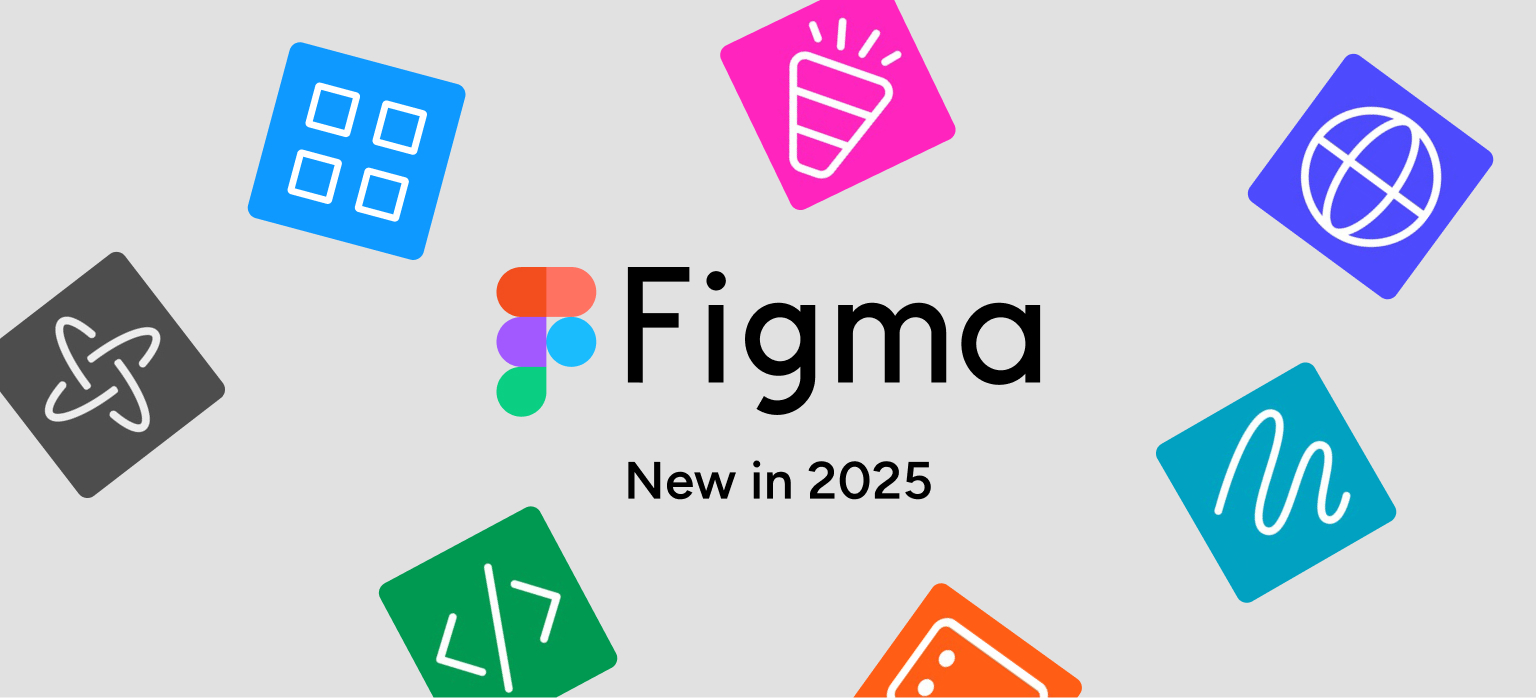Figma Config 2025 Recap: Key Themes, Tools, and the Future of Collaborative Design
At Figma Config 2025, the message was clear: design is moving fast. New AI-powered tools and collaborative features are changing how creative teams work, ideate, and build. But beneath the product launches and demos, a deeper idea stood out to us.
Craft still matters. So do the people behind the work.
Even as technology speeds things up, intention and care remain essential. The process still needs time to think, to explore, and to create with purpose.
For Carimus, Config wasn’t just about what’s next. It was a chance to step back, ask better questions, and consider how emerging tools can support the empathy, strategy, and creativity that shape meaningful design.

New tools, bigger possibilities
Figma introduced a suite of powerful updates designed to reduce friction and increase flexibility for creative teams:
- Grid gives teams more control in managing scalable design systems
- Sites enables no-code publishing directly within Figma, allowing designers to shape digital experiences from start to finish
- Draw brings sketching into the platform, connecting early ideas with polished execution
- Make and Buzz offer AI-powered assistance for layout generation, content drafting, and rapid prototyping
These features signal Figma’s evolution into a full creative hub, where design, content, strategy, and development can all happen in one place.
For teams like ours, this shift is not just about getting more done. It changes how we work. These tools invite more voices into the process, break down barriers between disciplines, and help us explore ideas at the pace we think rather than the pace we work.
AI as a creative partner, not a creative replacement
AI surfaced in nearly every conversation at Config, but rarely as a threat. Instead, the energy focused on how generative tools can enhance and support the creative process without taking it over.
Used intentionally, AI can remove repetitive, low-impact tasks and unblock early ideation. It can help designers explore layout options, draft starter content, or test visual directions quickly without replacing the human insight needed to make meaningful decisions.
This is where AI has the potential to shift the model. Instead of compressing creativity between planning and production, teams gain more room to explore and refine. The result is better ideas, tested earlier and executed with greater clarity.
The return of craft
One of the most powerful and unexpected themes that echoed across sessions was craft. Not nostalgia. Not perfectionism. But a call to keep care and quality at the center of the work we create even when speed and automation are part of the picture.
Craft means resisting the urge to only execute. It means making time to explore, question, and iterate. And it means remembering that real people will experience what we’re building. The goal is to make that experience feel considered.
Tools like Draw support this mindset by making early thinking visible. They reconnect teams with the instinctive side of creativity—the scribbles, the sketches, the sparks. In fast-moving digital environments, that kind of messiness is often lost. Config challenged us to bring it back.
At Config, that return to human-centered thinking didn’t feel like a rejection of tech. It felt like a response to it. A call to bring authenticity back to the process. To ensure that what we create is not only functional, but felt.
Collaboration, trust, and creative community
One of the most energizing parts of Config wasn’t just the product updates. It was the way Figma framed the creative process as something community-driven and collaborative.
This reflects how we work at Carimus. We don’t just design for clients. We design with them.Whether we’re building digital products, shaping brand systems, or communicating with empathy to diverse audiences, we focus on partnership.
Figma’s updates make collaboration easier. They help us stay aligned, avoid rework, and keep conversations open between strategy, design, and content. But tools can only take you so far. Trust is built when teams share ownership and invest in outcomes together.
In client work of any kind, this is vital. The audiences we design for are real people, not just personas. We ask ourselves: Why are we making this? Who is it for? And how can we make the experience more human?
What we’re taking forward at Carimus
At Carimus, we see design as more than a final deliverable. It’s a blend of creativity, technology, empathy, and business thinking. Config 2025 affirmed that view and gave us new ways to put it into practice.
We’re already exploring how:
- Draw and Make can support earlier ideation and faster handoff
- Grid can help us scale design systems with consistency and flexibility
- Sites can help execute small, limited landing pages needed in a pinch
- AI can remove blockers and speed up iteration without losing human insight
- Figma’s collaborative updates can bring cross-functional teams closer together
- Craft and storytelling can remain central, even as the tools advance
Across industries and audiences, clarity and care aren’t extras. They’re essential to creating meaningful results.
Looking ahead
Config 2025 confirmed what we’ve been feeling. The design world is shifting quickly. But the work that resonates still relies on trust, empathy, and thoughtful execution.
Technology can help us move faster.
Collaboration can help us go further.
Craft can help us build something that matters.
And community keeps the work connected to the people it serves.
We’re here for all of it. At Carimus, we believe art is the new rocket science and we’re ready to shape what’s next.
Curious how these trends might impact your team or brand?
Let’s connect. We’d love to talk about how creativity, clarity, and collaboration can help you move forward.
Crafting an Excellent Experience: Part Two – Project Execution
July 23, 2024
Unleashing the Power of Headless WordPress: Performance, Security, and Seamless CMS Capabilities
December 13, 2023
